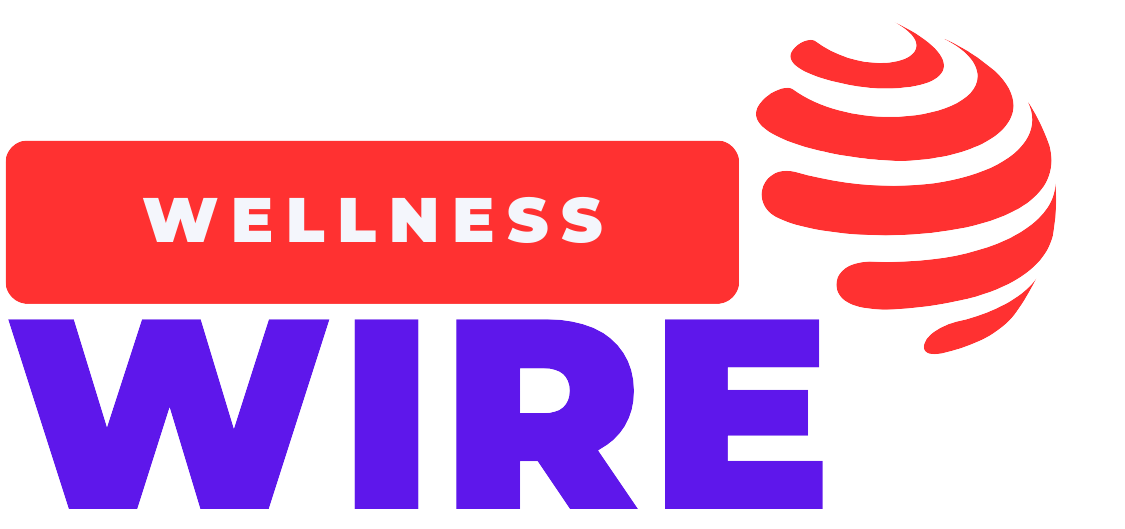Cervical Dystonia: Breakthrough Treatments & Proven Strategies for Better Management
Discover the latest breakthroughs in cervical dystonia treatment and management. Explore innovative therapies, proven strategies, and expert-backed insights.

Cervical dystonia, also known as spasmodic torticollis, is a rare yet debilitating neurological disorder that causes involuntary muscle contractions in the neck, leading to abnormal head movements, pain, and discomfort. While there is no known cure, significant advancements in treatment and management strategies have made it possible for individuals to regain control over their symptoms and improve their quality of life.
In this article, we’ll explore emerging treatments, new research developments, and effective strategies for managing cervical dystonia. Whether you're newly diagnosed or have been living with this condition for years, understanding the latest options can help you take charge of your health.
Understanding Cervical Dystonia
Cervical dystonia is classified as a focal dystonia, meaning it primarily affects a specific area of the body—the neck. The condition leads to sustained or intermittent contractions that cause the head to twist or tilt in various directions.
Common Symptoms:
- Involuntary muscle spasms in the neck and shoulders
- Abnormal head postures (tilting, twisting, or jerking movements)
- Neck pain and stiffness
- Tremors in the head or hands
- Difficulty maintaining a neutral head position
The severity of symptoms varies, and some individuals may experience periods of worsening (exacerbations) or relief (remissions).
Current Standard Treatments
While there is no definitive cure, several well-established treatments can significantly reduce symptoms.
1. Botulinum Toxin (Botox) Injections
Botulinum toxin injections remain the gold standard for cervical dystonia treatment. By temporarily blocking nerve signals to overactive muscles, Botox helps reduce involuntary contractions and pain.
How It Works:
- A specialist injects Botox directly into affected muscles.
- Results typically appear within 7-14 days and last 3-4 months.
- Repeat injections are required for long-term symptom control.
Studies published in The Journal of Neurology confirm that Botox injections reduce muscle spasms and pain in over 70% of patients.
2. Oral Medications
Doctors may prescribe muscle relaxants, anticholinergic drugs, or dopamine-modulating medications to help control symptoms.
Common Medications Include:
- Baclofen – A muscle relaxant that reduces spasms.
- Trihexyphenidyl – An anticholinergic that helps block nerve signals.
- Clonazepam – A benzodiazepine used to ease muscle stiffness and tremors.
While medications can provide relief, they often come with side effects like drowsiness, dry mouth, or cognitive issues, limiting long-term use.
3. Physical Therapy & Rehabilitation
Physical therapy is a crucial part of cervical dystonia management, focusing on improving mobility, reducing pain, and retraining muscles.
Effective Techniques Include:
- Stretching & Range-of-Motion Exercises – Helps prevent muscle tightness.
- Sensory Trick Training – Many patients find relief by lightly touching their chin or head.
- Mirror Therapy – Studies suggest watching controlled head movements in a mirror may help rewire brain-muscle connections.
The Dystonia Medical Research Foundation (DMRF) recommends physical therapy in combination with Botox for optimal symptom relief.
Emerging Treatments & Research
Exciting new research is paving the way for breakthrough treatments in cervical dystonia.
1. Deep Brain Stimulation (DBS)
DBS is an advanced surgical treatment that involves implanting electrodes into the brain to regulate abnormal signals causing dystonia.
Key Findings:
- Studies from the American Academy of Neurology show DBS can improve symptoms by up to 60% in severe cases.
- Best suited for individuals who do not respond to Botox or medications.
- Benefits include long-term symptom control and reduced reliance on medication.
2. Neuromodulation Therapies
Recent advancements in non-invasive brain stimulation have shown promising results.
Innovative Approaches Include:
- Transcranial Magnetic Stimulation (TMS) – Uses magnetic fields to regulate brain activity.
- Vagus Nerve Stimulation (VNS) – Stimulates the vagus nerve to reduce muscle spasms.
A 2023 study in The Journal of Clinical Neurology suggests TMS therapy may improve dystonia symptoms in some patients, though more research is needed.
3. Gene Therapy & Personalized Medicine
Scientists are actively investigating genetic factors behind dystonia, aiming to develop targeted gene therapies.
Potential benefits include:
- Long-term symptom relief by correcting faulty brain signals.
- Personalized treatment plans based on genetic profiles.
While still in early stages, gene therapy holds immense promise for future treatment options.
Lifestyle & Holistic Management Strategies
Beyond medical treatments, lifestyle adjustments play a vital role in managing cervical dystonia effectively.
1. Stress Reduction Techniques
Stress is a known trigger for dystonia symptoms. Incorporating stress management techniques can help improve overall well-being.
Proven Strategies:
- Mindfulness & Meditation – Reduces muscle tension and calms the nervous system.
- Breathing Exercises – Helps manage pain and improve focus.
- Journaling & Support Groups – Connecting with others through Dystonia Support Groups can be empowering.
2. Ergonomic Adjustments
Making small ergonomic changes can prevent strain on the neck.
Tips for Better Posture:
- Use a cervical support pillow for better sleep.
- Adjust your computer screen height to maintain a neutral head position.
- Take frequent breaks from screens and heavy lifting.
3. Nutrition & Supplements
A well-balanced diet can support nerve health and muscle function.
Recommended Nutrients:
- Magnesium & B Vitamins – Help regulate nerve signals.
- Omega-3 Fatty Acids – Reduce inflammation and support brain health.
- Vitamin D – Essential for muscle and bone health.
The Future of Cervical Dystonia Treatment
With ongoing advancements in neurology, gene therapy, and brain stimulation, the future looks promising for individuals with cervical dystonia. New therapies are pushing the boundaries of traditional treatment, offering hope for improved symptom control and, potentially, a cure.
If you or a loved one is struggling with cervical dystonia, consult a specialist to explore the latest treatment options tailored to your needs.
Final Thoughts
Cervical dystonia can be a challenging condition, but emerging treatments, new therapies, and holistic strategies are making life easier for those affected. By staying informed and actively participating in your care, you can enhance mobility, reduce pain, and regain control over your daily life.
Key Takeaways:
- Botox injections remain the gold standard for symptom relief.
- Emerging treatments like DBS, TMS, and gene therapy are offering new hope.
- Holistic management, including stress reduction, ergonomic changes, and nutrition, plays a crucial role in symptom control.
If you're looking for expert advice and the latest research, check out trusted sources like the Dystonia Medical Research Foundation and National Institute of Neurological Disorders and Stroke (NINDS).
What's Your Reaction?
 Like
1
Like
1
 Dislike
0
Dislike
0
 Love
0
Love
0
 Funny
0
Funny
0
 Angry
0
Angry
0
 Sad
0
Sad
0
 Wow
0
Wow
0



















































